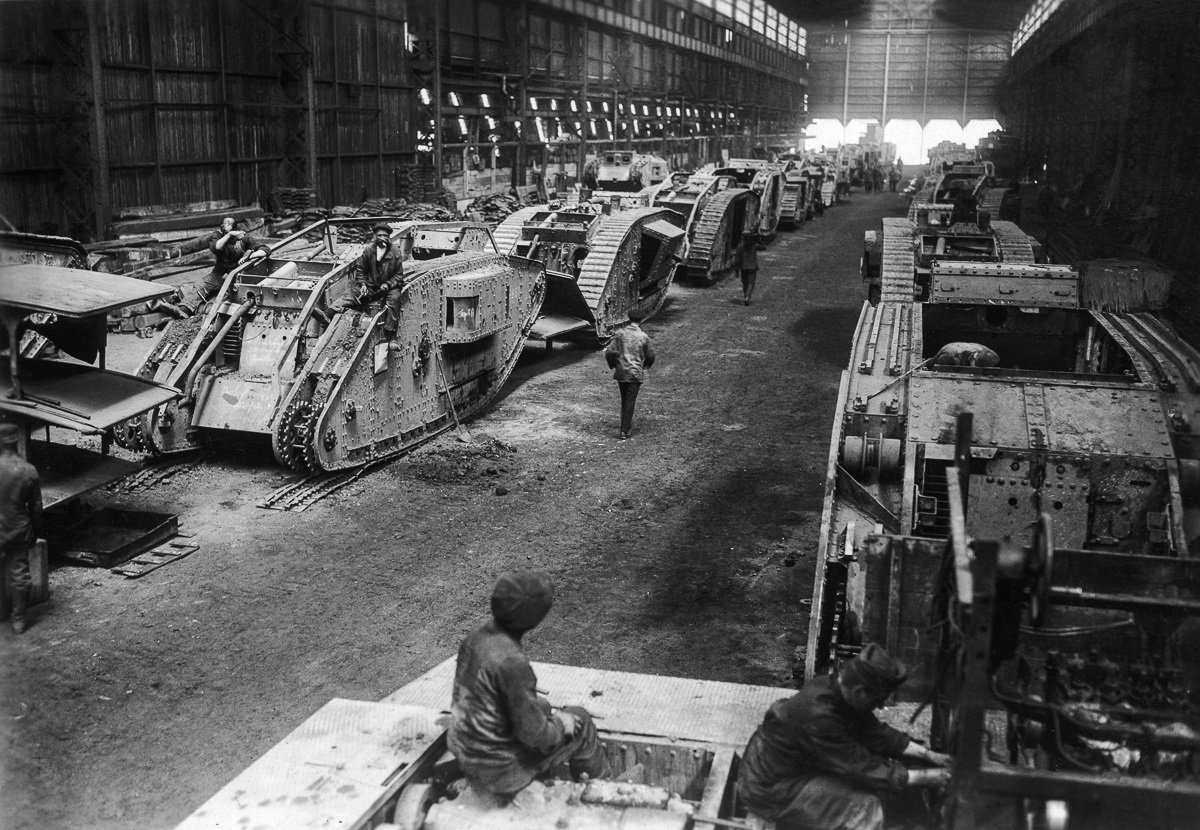

But you can reactivate the fixer with more white spirit as it's an enamel, and add more pigments while it's still wet.World War I, a time when battle tank manufacturing was in its absolute infancy, offers us but a glimpse of the powerful, versatile, and lethal armored vehicle technology that would rapidly progress before the outbreak of World War II. The fixer does alter the appearance of the pigments, making them appear darker or thinner. When dry, and once i was happy with how they looked, I fixed the pigments by applying AK Interactive pigment fixer in the same way as the white spirit. There is something about the action of the fluid moving through the pigments that gives it a nice, natural structure. Next I 'settled' the pigments by saturating them with white spirit, applied by loading up a paint brush then touching the tracks at spots allowing the capillary action to carry the white spirit through the pigments. Then I layered it on the tracks, brushing it on and sprinkling it from a dry brush. I mixed up various shades until I got a good colour.

This one from AK is really fine and buffed up nicely, and really worked into the surface till it was almost impossible to remove. When dry the track ridges were rubbed with dark steel pigment on my finger. Then I applied various Lifecolor rust tones with a foam sponge, continuing to dab with the sponge to mix the colors until they looked right. Hi Marc, the tracks were primed first then airbrushed Lifecolor Schokoladen Braun (I didn't have any dark rust at the time). Images that spark inspiration, and as you go back they become fewer, - well just a theory! My guess would be that the spread of interest from the Second World War is a slow creep, one that has reached the modern period faster because there's more and better images of modern conflicts. Hi folks, many thanks for the compliments!


 0 kommentar(er)
0 kommentar(er)
